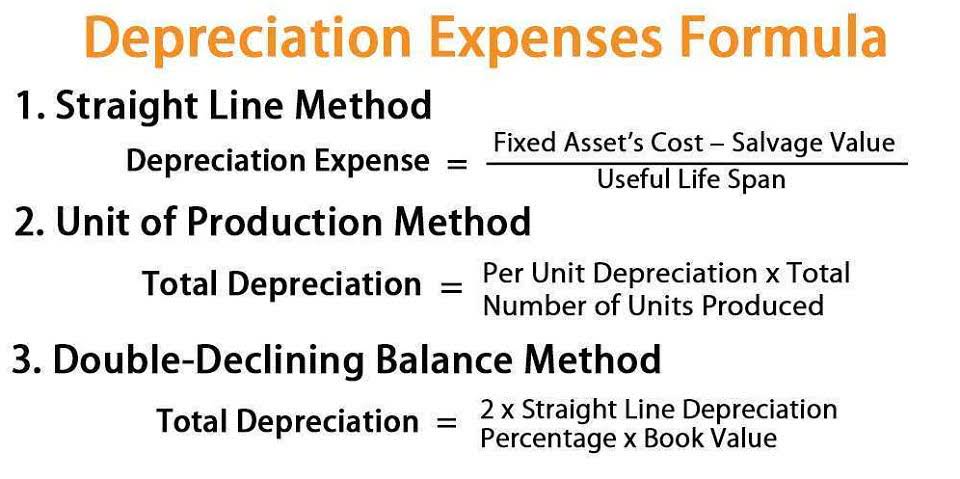
For example, if Company A purchases Company B, it must consolidate the financial statements from both companies into one complete set of financial statements. This method eliminates the need for double-entry bookkeeping because all of the transactions from both companies are recorded as if they were one company. The most commonly used consolidation consolidated meaning in accounting methods involve corporate mergers, acquisitions, and divestitures. In a divestiture scenario, one company sells off all or part of its assets to focus on core operations. Consolidation also applies to debt repayment plans where individuals combine multiple debts into a single loan with lower interest rates to manage their finances better.
Consolidated financial statements are used when the parent company holds a majority stake by controlling more than 50% of the subsidiary business. In order to combine the companies’ financial statements together, we must first get rid of any accounts that would be double counted. For instance, the parent company maintains an investment account that records the amount of money invested in each subsidiary. This account is no longer needed on a set of consolidated financial statements because we are treating all of the companies as if they were the one company. Nonetheless, by addressing these challenges, companies can strengthen their consolidation processes and improve the accuracy and reliability of the consolidated financial statements. Investing in skilled accounting professionals, establishing effective data management systems, and maintaining open communication between parent companies and subsidiaries are vital to successful consolidation.
Step 4: Eliminate Intra-Group Transactions
Suppose you correctly account for these transactions by taking them from both sides when you combine them. In that case, the total value reported will be wrongly high because income and expenses will be counted twice in different accounts under different entities involved in the same transaction. The chosen method must accurately reflect what is happening between them to provide investors with accurate information about their performance and position within consolidated group operations. By combining resources like capital investments or market presence, consolidation can also be used as a growth strategy. Also, it can help companies restructure their debts to improve cash flow and make it easier for management teams to make financial decisions. In finance and economics, consolidation means combining two or more companies, assets, liabilities, or other financial things into one.
Furthermore, it enables them to make informed decisions about budgeting and strategic planning for future growth. Then, the parent company’s stockholders’ equity will be added to that figure to create consolidated stockholders’ equity. Any discrepancies between these figures should adjust according to Generally Accepted Accounting Principles (GAAP). By consolidating financials, the parent company can get an overall picture of the group’s finances instead of having numerous individual reports spread across different entities.
Benefits of Consolidation in Accounting
By combining all financial information into one consolidated account, companies could accurately measure their profits and losses and identify potential risks. In addition, Consolidation also allows companies to gain better insight into their overall financial health and identify potential areas for improvement or cost savings opportunities. It may also involve multiple https://www.bookstime.com/ entities coming together with different ownerships or even organizations from other countries joining forces to expand their business operations worldwide. The purpose of consolidation is to create a larger entity with greater financial strength and market presence. However, there are some things that the term consolidate does not mean when talking about accounting.

In the process, a balance sheet is prepared in which all the results of the subsidiaries and the parent company are included. You can think of it like a merger that combines all the subsidiaries with the parent company to make one larger entity that issues a single set of financial statements. Consistency in accounting policies and practices is crucial to ensure that the financial statements are comparable and reflect the economic reality of the group. In cases where subsidiaries use different accounting policies, adjustments should be made to align them with the parent company’s policies.
What Effect Will This Adjusting Journal Entry Have On The Accounting Records
Due to their ownership structure, the partners had to consolidate their respective equity interests to accurately report the financial position and performance of ABC Corporation. The purpose of consolidation is to present information about the performance and position of all companies within the parent company’s economic environment as one monetary unit. It allows investors to understand better how well the parent company manages all its subsidiaries together rather than viewing them separately. Combining financial statements can benefit businesses needing quick access to financial information across multiple entities. It also helps give investors an accurate picture of the company’s overall performance and stability.
